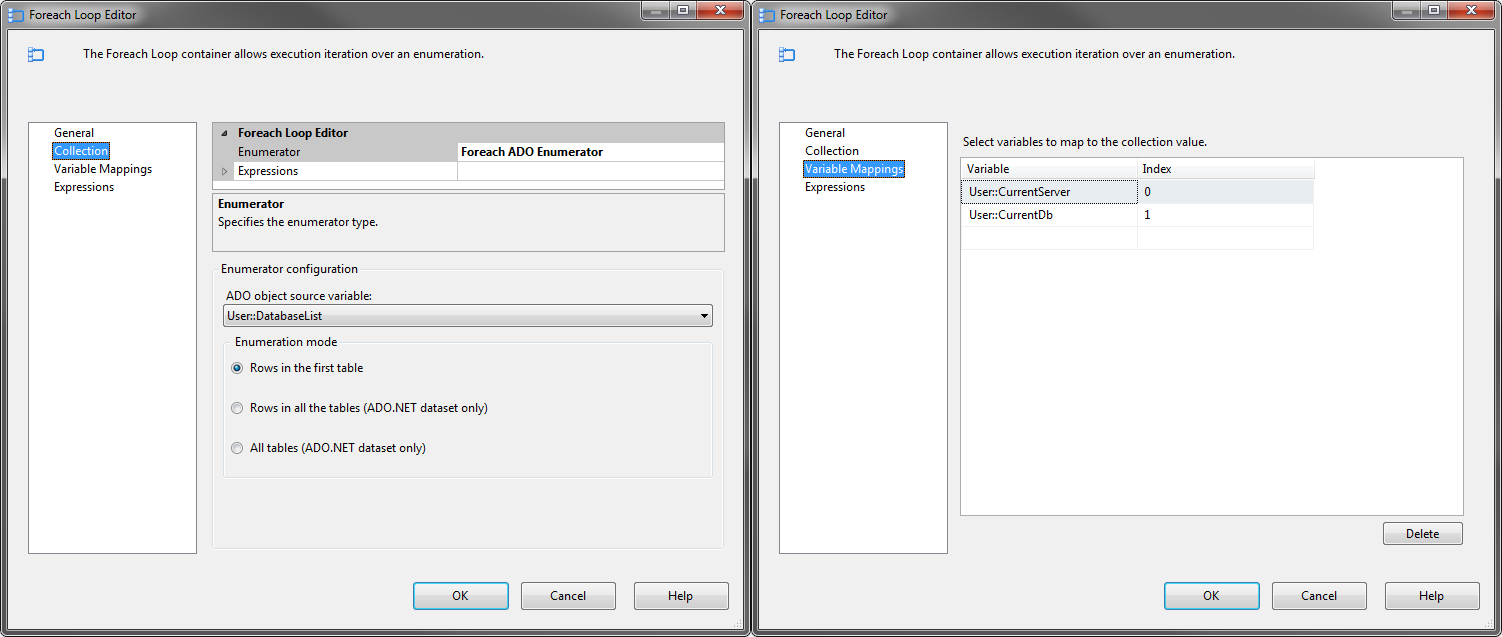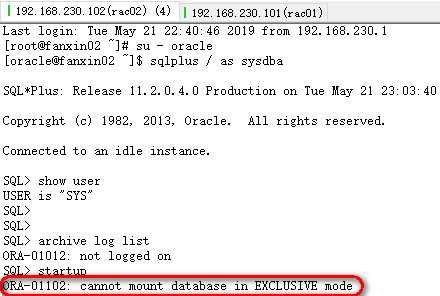

Output is directed to two or more files opened with multichannel descriptors by bitwise OR-ing together their mcds, and writing to the resultant value.I need to edit a file which is read only, and its parent folder is also read only.

The LSB of an mcd always refers to the standard output. The mcd is a 32-bit packed array value in which a single bit is set indicating which file is opened.

SystemVerilog has another system task called $fscanf() that allows us to scan and get certain values. This can be used in a loop as follows to read the entire contents of a file. SystemVerilog has another task called $feof() that returns true when end of the file has reached. In the previous example, we used $fgets() system task twice to read two lines from the file. File handle should be the first argument Write each index in the for loop to the file using $fdisplay Lets first open a new file and write some contents into it String line // String value read from the file Int fd // Variable for file descriptor handle This is then printed out using the standard display task $display() The file is then opened in read mode and contents are read back using $fgets() into a local variable.
#Change readonly declared variable to readwrite linux how to#
The code shown below demonstrates how to open a file and write contents into it using $fdisplay(). If this task is called 10 times, then it will read 10 lines. $fgets() is a system task that will read a single line from the file. To read a file, it has to be opened in either read r mode or read-write r+ mode. The first argument of these tasks is the file descriptor handle and the second will be the data to be stored. System tasks like $fdisplay() and $fwrite() can be used to write a formatted string into the file. testbench.sv, line: 2 in worklib.tb ) has been opened earlier.įile was opened successfully : -2147483645įile was opened successfully : -2147483644įile was opened successfully : -2147483643įiles should be opened in the write w mode, or append a mode. todo.txt being opened by Initial stmt (file. If (fd_a) $display("File was opened successfully : %0d", fd_a) Įlse $display("File was NOT opened successfully : %0d", fd_a) Īs you can see from the log shown below, all three variables have a different value and each one points to the same file, but with different access permissions. If (fd_r) $display("File was opened successfully : %0d", fd_r) Įlse $display("File was NOT opened successfully : %0d", fd_r) If (fd_w) $display("File was opened successfully : %0d", fd_w) Įlse $display("File was NOT opened successfully : %0d", fd_w) Int fd_w, fd_r, fd_a, fd_wp, fd_rp, fd_ap įd_w = $fopen ("./todo.txt", "w") // Open a new file in write mode and store file descriptor in fd_wįd_r = $fopen ("./todo.txt", "r") // Open in read modeįd_a = $fopen ("./todo.txt", "a") // Open in append mode In the following code, we will see how to use the different file access modes as described in the table above. The following table shows all the different modes a file can be opened in.Ĭreate for writing, overwrite if it existsĬreate if file does not exist, else append open for writing at end of file The file can also be opened in other modes by providing the correct mode type. Ncsim: *W,RNQUIE: Simulation is complete.īy default a file is opened in the write w mode. No such file or directoryįile was NOT opened successfully : 0 File was opened successfully : -2147483645 It is important to close all open files before end of simulation to completely write contents into the file Simulation Log "fd" now points to the same file, but in write mode Open a file called "note.txt" in the current folder with a "write" permission If (fd) $display("File was opened successfully : %0d", fd) Įlse $display("File was NOT opened successfully : %0d", fd) If the file does not exist, then fd will be zero Open a file called "note.txt" in the current folder with a "read" permission Declare an integer variable to hold the file descriptor The file is finally closed when $fclose() is executed. fd is initially zero, and gets a valid value from $fopen() and can be checked to see if the file opened successfully. In the code shown below, we will declare a int variable called fd to hold the file descriptor. No further reads or writes to the file descriptor is allowed once it is closed. The file descriptor can be closed with the $fclose() system task. This handle should be used to read and write into that file until it is closed. This task will return a 32-bit integer handle called a file descriptor. How to open and close a file ?Ī file can be opened for either read or write using the $fopen() system task. System Verilog allows us to read and write into files in the disk.


 0 kommentar(er)
0 kommentar(er)
